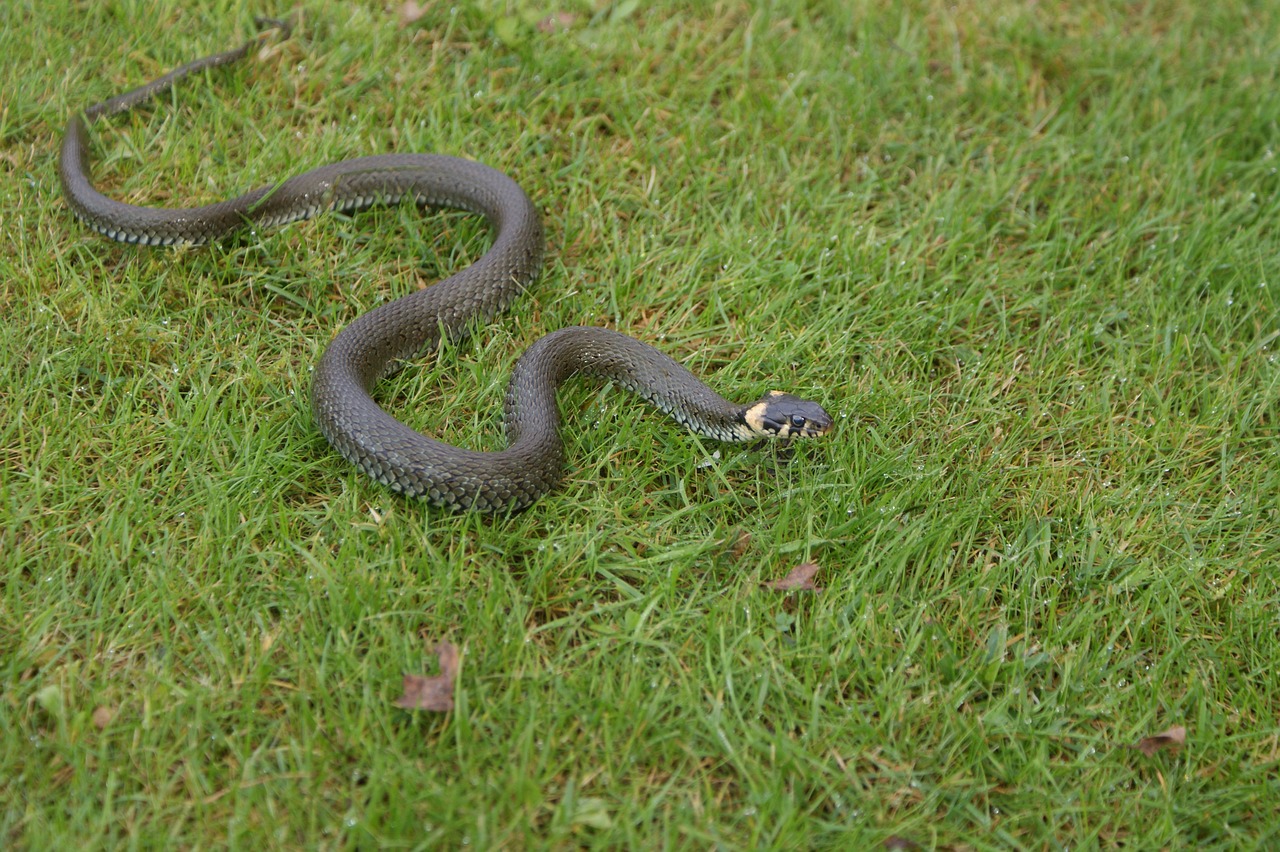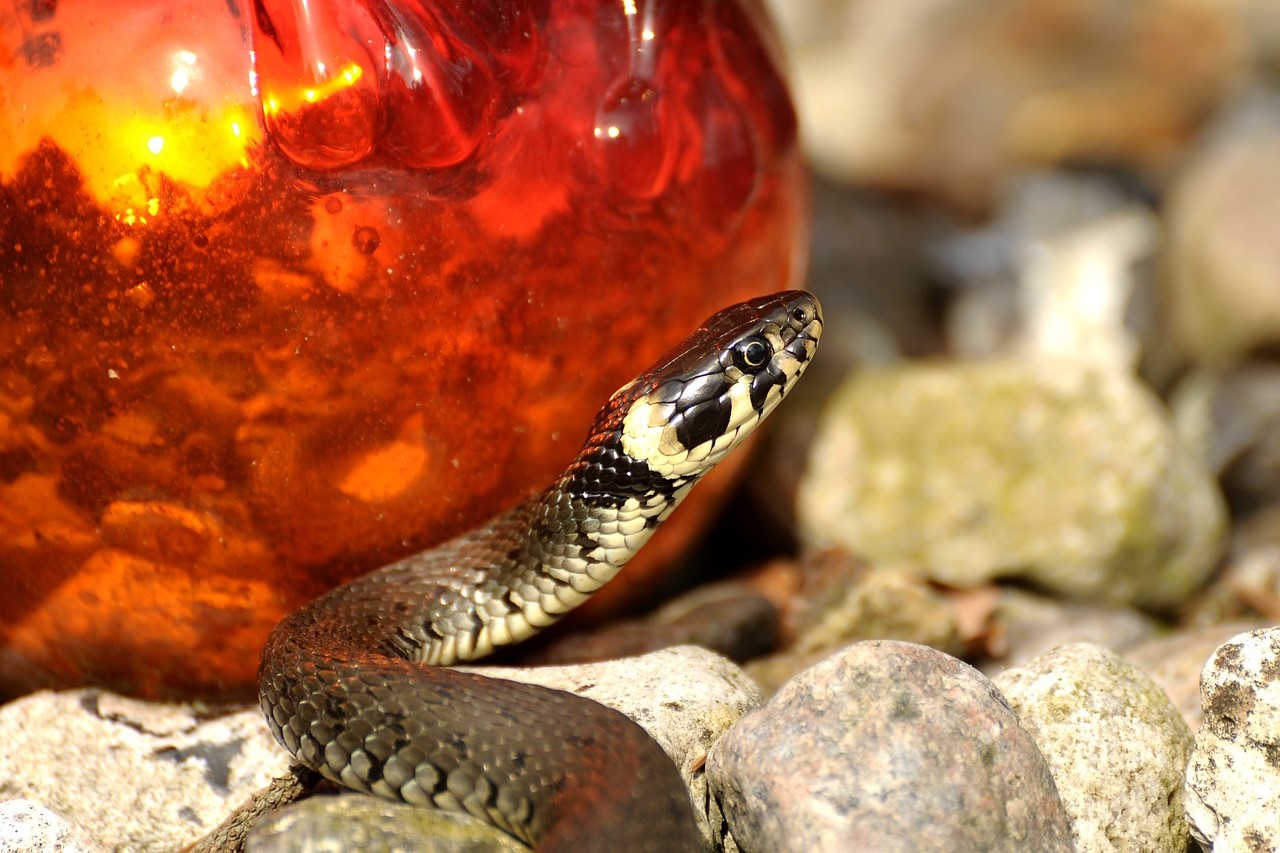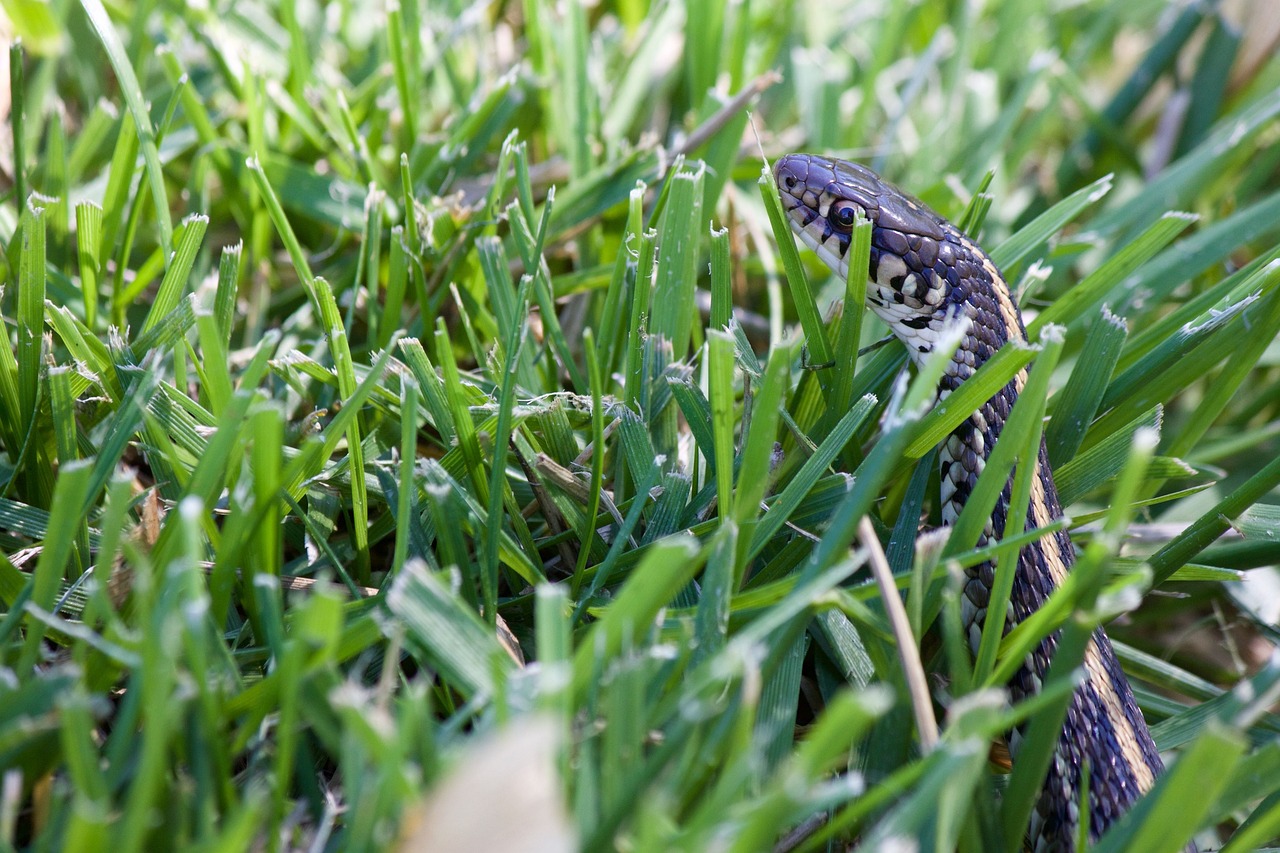
Outdoor gardens are bound to have outdoor creatures in them from time to time, but not all creatures are popular. While you might be delighted to see a bird or bunny in your garden (or feel distraught, if they’re eating your plants), many gardeners would be less excited to see a spider or snake. Snakes have an important role in our ecosystem, and they can even benefit your garden, but you might still wonder what exactly you should do if you see one. We’ll answer all your questions, so you’ll know what to do if you see a slithering intruder in your garden.
What to do if you see a snake

If you see a snake in your garden (or anywhere else), do not approach it. It’s easy to misidentify snakes, especially if they’re moving quickly or partially hidden by plants, and even non-venomous snakes will bite if they feel threatened. Keep pets or children away from the area as well. In most cases, you can simply wait for the snake to leave with no further action.
If the snake is in a dangerous location, is invasive (such as a Burmese python), or is identifiable as venomous, then calling your local wildlife authorities to remove or relocate the snake might be the better option. Depending on your location, you can call animal control or local pest control companies, but you may also have educational groups in your area that keep, rehabilitate, or relocate snakes as part of their programs.
How to keep snakes out of your garden

Like all animals, yard snakes will go where there is food, water, and shelter. Removing these from your garden may not be entirely possible, but limiting them will lower the number of snakes (and other critters) you see in your garden. Snakes eat birds, small mammals, frogs, and insects. While attracting birds to your garden might be intentional, most small mammals and insects are garden pests.
Focusing on pest control can prevent damage to your plants and decrease the amount of available food for snakes. Regular weeding and preventing shrubs from growing too wild reduces the shelter in the area as well. You can also try putting up a snake-proof fence or a predator decoy.
What to do if you find snake eggs

Similarly to seeing a snake, if you see snake eggs, don’t approach or touch them. First, the snake that laid the eggs could be nearby, and approaching could put you at risk of a snake bite. Second, snake eggs are easy to damage, so you could be putting the eggs at risk as well. Keep your pets or children away from the nest for the same reasons.
From a safe distance, monitor the nest and watch for the parent snake. If the parent is venomous or you can’t identify it, you’ll need to call your local wildlife authorities to relocate the nest, as having a family of venomous snakes in your yard or garden is dangerous. If the parent is a non-venomous snake, and the nest isn’t in a high-traffic area of your yard, then you can either let it stay and keep your distance or call the wildlife authorities and ask for the nest to be removed.
How snakes benefit gardens

If a snake isn’t invasive, venomous, trying to enter a building, or nesting in a dangerous place, then you might want to let it stay. As previously mentioned, the most common food sources for snakes are small mammals and insects, which can all be garden pests. If your vegetable path is being attacked by mice, voles, crickets, caterpillars, or other such creatures, then having a snake or two around will help protect your plants. Snakes are also an important food source for certain birds, including hawks, owls, falcons, and eagles. These birds will also hunt rodents, adding another layer of protection to your plants.
Yard snakes provide benefits to the ecosystem and your garden, but that doesn’t always mean you want them around. Now that you know what to do if you see a snake, you can breathe a little easier next time one slithers past you in the garden. Just keep your distance, and if the snake is venomous or somewhere it shouldn’t be, call for reinforcements. If you’re afraid of snakes, you can also put some preliminary measures up to keep them away from your garden!



